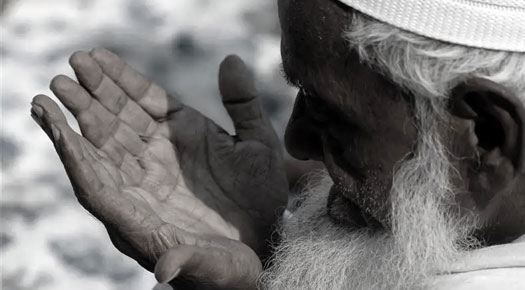
According to a recent survey by Pew Research Institute, prejudice against Islam and Muslims is still rampant among the American public. The poll used a novel approach for the survey, asking respondents to rate the “coldness” or “warmth” they felt toward different religious groups on a scale of 1 to 100. While the lower numbers were categorized “colder” and considered negative, the higher numbers were categorized “warmer” and considered positive.

The results of the survey revealed that Americans have a long way to go before dismissing prejudice against Muslims as this was the group rated most negatively among all other religions. Muslims were rated 40, one point below atheists who were rated 41. Mormons, who were rated 48, were the only other religious group to be ranked below 50. In contrast, the highest scoring religious groups were Jews who were rated 63, Catholics who were rated 62, Evangelical Christians who were rated 61, Buddhist who were rated 53 and Hindus who were rated 50.

The results of the survey were even more disheartening when one took notice of how specific religious groups perceive Muslims. Muslims were rated highest by those who associate with agnosticism, atheism or no religion in particular. Black Protestants followed suit but all other religious groups rated Muslims lower, including some that are considered more open-minded and liberal like Protestants and Catholics.

The one good thing about the survey is that younger respondents did not come across as biased as older respondents when it came to gauging Muslims. Those between 18 and 29 years of age, rated Muslims at 49, those between 30 and 49 years of age, rated Muslims at 42, those between 50 and 64 years of age, rated Muslims at 36 and those older than 65 years of age, rated Muslims are 32.

Pew speculates that the results could stem from the fact that fewer younger people associate with Christianity as compared to older people. However, that is not the only plausible explanation. According to the organization, Islamic studies was introduced to the school curricula during the start of the 1990s, when people showing less bias towards Muslims were in school. Around the same time, ING started its work in presenting objective and accurate viewpoints of Islam and Muslims and fostering direct contact between students and practicing adherents of the faith. Since personal contact with adherents of any religious group plays a significant role in promoting a positive attitude about them, the work of ING is believed to have positively influenced young people’s perception of Islam in the United States.
